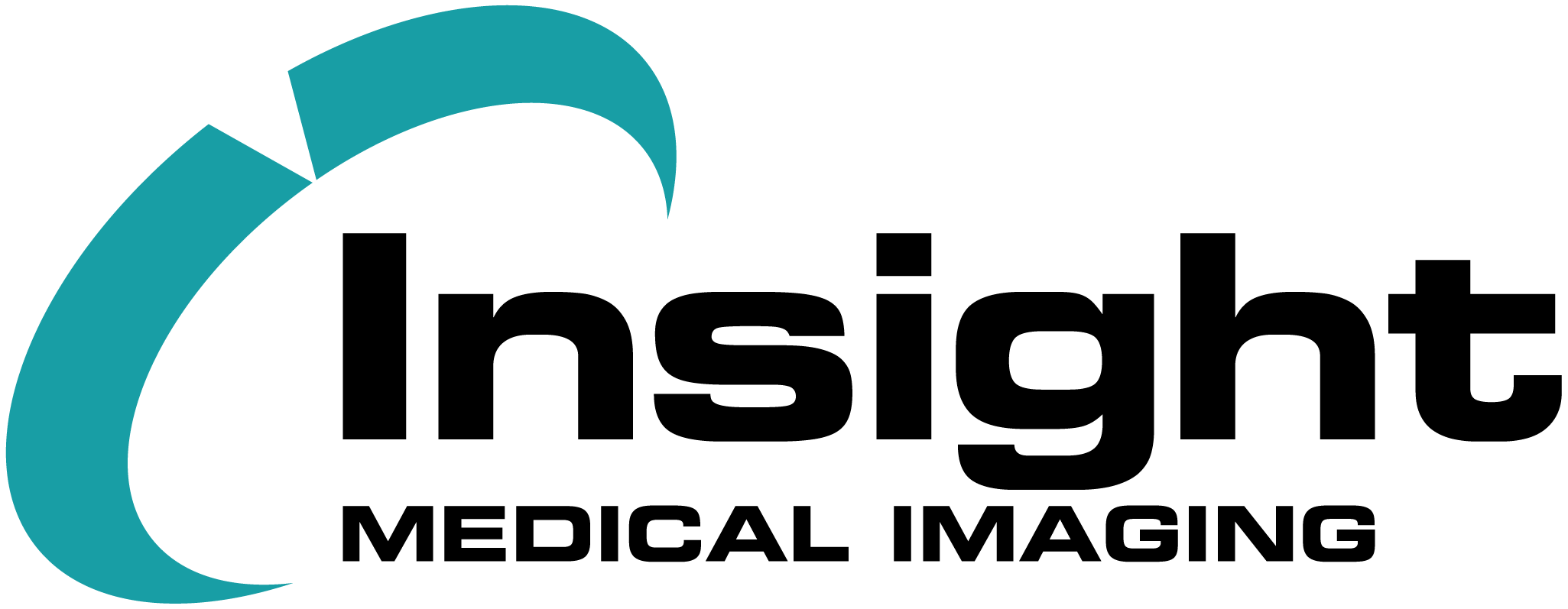
Ultrasound Exam
Ultrasound is a non-invasive procedure that uses sound waves, not radiation, to assess body structures. A technologist applies gel over the area of interest and presses an ultrasound transducer onto the skin. The transducer generates sound waves that bounce off body tissues, producing echoes that are then recorded by a computer to be used to make an image for the radiologist to examine called a sonogram.
What is an Ultrasound Exam?
An ultrasound exam, also known as diagnostic sonography, is a non-invasive imaging procedure that uses sound waves to assess internal structures such as muscles, tendons, joints, and other internal organs. These high-frequency sound waves, administered by an ultrasound technologist, are inaudible to humans and work by bouncing off of structures inside the body and back. This creates real-time images or videos often shown on a display screen nearby.
As a medical imaging patient, the human touch of your ultrasound technologist, also called a diagnostic sonographer, can dramatically impact how you experience an ultrasound procedure. You can count on Insight Medical Imaging to recruit only the best diagnostic medical sonographers from all over the country to perform our imaging exams.
Common Medical Ultrasound Imaging Procedures
While many other evaluations utilize ultrasound diagnostics, the most familiar form of ultrasounds is the obstetric ultrasound procedure for pregnant women or a supplement to mammography.
Ultrasound is also commonly used to examine the:
What To Expect
Although some protocol differs depending on what body part is being examined, here are the general guidelines on what to expect during your ultrasound exam:
- Depending on your clothing, you may be asked to change into a gown or scrubs for easier access to the area being examined
- Our technologists will apply a warm, hypoallergenic gel in order to maintain contact between the probe and your skin
- The transducer, or probe, will be moved around with moderate pressure to obtain diagnostic images
- This pressure should not cause any pain. Please inform your technologist of any discomfort
- You may be asked to change positions throughout the exam in order to obtain the best possible images
- After the exam is done, our radiologists will review the results and send a detailed report to your doctor, usually within one business day
For more information on what to expect for your specific ultrasound exam, please visit our exam preparation page!
Ultrasounds as a Radiation-Free Alternative
Diagnostic ultrasounds are generally one of the safest methods of medical imaging, using high-frequency sound waves to generate images for diagnosis rather than exposing the body to some level of radiation. Doctors will often refer patients to get ultrasounds to ensure they are able to reach a clear and conclusive diagnosis. They might also refer you for a magnetic resonance imaging (MRI) exam, which utilizes a strong magnetic field and radio waves to produce images, as an alternative form of imaging.
If you may be or are currently pregnant, please inform your doctor prior to scheduling an ultrasound appointment.
How Tissue Composition May Influence Your Ultrasound
- Sound waves cannot pass through hard, dense objects, such as bone or calcifications
- Gas in the gastrointestinal (GI) system and bowel is a strong sound-wave reflector that negatively impacts transmission and can create reverberation artifacts during imaging
- The deeper something is inside your body, the less likely ultrasound waves will penetrate the tissue with the same efficiency
How to Prepare
As there are many types of ultrasound procedures, the way you prepare will differ from one exam to the next. Generally, we ask all of our ultrasound imaging patients, including pelvic and obstetric ultrasound exams, to drink four (8 oz.) glasses of water an hour before their ultrasound exam starts. You may also be asked to not go to the washroom until the exam is over or until the sonographer says it’s ok to do so. Fasting may also be required.
For more information on how to prepare, consult with your doctor/sonographer or visit our Exam Preparation page.
The Medical Exam Preparation Timeline
We understand it can be difficult and uncomfortable to fast or to drink a large volume of water without relief. Rest assured, we will do our best to get you in on time for your exam and, if possible, perform parts of the exam that require a full bladder first. We also recommend using the pictured timeline below as a reference for how to prepare for your exam.
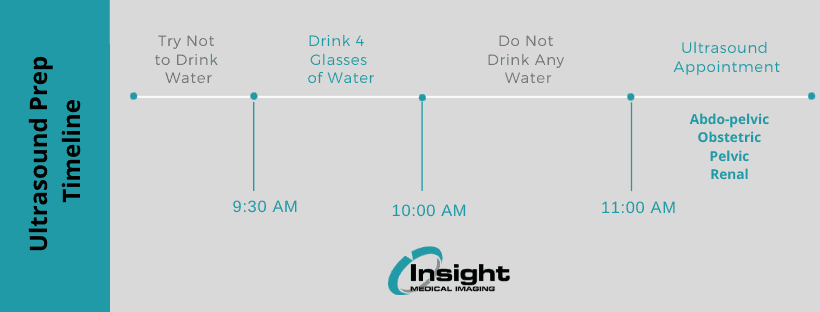
To reduce any possible discomfort from drinking water too early or continuing to drink right up until your exam, we suggest that you drink all four (8oz) glasses of water in a 30-minute window. If you are in an uncomfortable amount of pain from drinking water, tell our receptionists or sonographers. Sometimes you can release a little urine before your exam.
Once the exam is complete, you may resume your normal activities and diet unless your doctor or sonographer instructs you otherwise.
Please consult with your doctor once they have received a detailed report on the results of your ultrasound. For obstetric ultrasound exams, we will be able to print or send digital photos to your cell phone or email for maximum convenience.
This window should start 90 minutes before your appointment and will allow our staff to capture high-quality images during your procedure in a quick and efficient manner.
Internal Ultrasound Procedure
Certain ultrasound exams for women may require additional imaging in the form of an internal exam. These scans are performed transvaginally and give our radiologists more detailed images for diagnosis. Typically, we conduct internal ultrasounds on women who have a pelvic, renal, obstetric or combined abdomen/pelvic appointment.
For the comfort of our patients during this portion of the ultrasound exam, patients can request female sonographers at the time of booking. However, it is important to understand that we may not always be able to meet this request due to the volume of exams and staffing limitations.
Please be reassured that if a male sonographer is assigned to perform your ultrasound exam, a female colleague will be in the room with you to chaperon.
Benefits of Ultrasound Guidance Over Traditional Guidance
Ultrasound guidance offers the following benefits:
- Zero exposure to ionizing radiation
- Longer insertion window
- Improved needle placement accuracy
- Reduced risk of injury to neighbouring anatomy
- Real-time confirmation of procedural success
In addition, ultrasound imaging is highly useful for visualizing musculoskeletal anatomy and guiding interventional radiology procedures, such as biopsy, in real-time.
Insight Medical Imaging uses ultrasound guidance for many intervention procedures, such as core and aspiration biopsy and wire localization, as well as pain management injections. Click here to learn more about ultrasound-guided biopsy, including the preparation, how it is commonly performed, and more.
Providing Edmonton and Alberta with Ultrasounds At Our Medical Imaging Clinics
We have 12 locations throughout Edmonton and Alberta that offer ultrasound exams and other medical procedures. For your ultrasound examination needs, visit our locations at Castledowns, Heritage, Hermitage, Lendrum, Meadowlark Diagnostic, Millwoods, Oliver Square, West End, Leduc, Sherwood Park, Spruce Grove, or Fort McMurray.
Clinics that Offer Ultrasound Exams:
- 2460 Guardian Rd NW Edmonton, AB, T5T 1K8
- 780-486-8132
- Mon- Fri 7:30 am - 4:00 pm
- 110, 75 Neil Ross Rd St. Albert, AB T8N 7W1
- 780-438-3802
- Monday - Friday: 7:30 AM - 4:00 PM
- 15309 Castle Downs Rd NW Edmonton, AB T5X 6C3
- 780-457-4070
- Monday - Friday: 7:30 AM - 4:00 PM Extended Hours: Monday - Friday: 4:00 PM - 8:00 PM Saturday: 9:00 AM - 5:00 PM
- 1 - 606 Signal Road - Westwood Plaza Fort McMurray, AB T9H 4Z4
- 780-791-1992
- Monday - Friday: 7:30 AM - 4:00 PM
- 2049 111 ST NW Edmonton, AB T6J 4V9
- 780-438-0547
- Monday - Friday: 7:30 AM - 4:00 PM Extended Hours: Monday - Friday: 4:00 PM - 8:00 PM Saturday: 9:00 AM - 5:00 PM
- 12779 50 ST NW Edmonton, AB T5A 4L8
- 780-475-1866
- Monday - Friday: 7:30 AM – 4:00 PM Extended Hours: Monday - Friday: 4:00 PM - 8:00 PM Saturday: 9:00 AM - 5:00 PM
- 5307 50 AVE Leduc, AB T9E 6T2
- 780-486-8104
- Monday - Friday: 7:30 AM - 4:00 PM
- 10381 51 AVE NW Edmonton, AB T6H 0K4
- 780-434-9171
- Monday - Friday: 7:45 AM - 4:00 PM
- 200 Meadowlark Shopping CTR NW Edmonton, AB T5R 5W9
- 780-489-8430
- Monday - Friday: 7:30 AM - 4:00 PM
- 6466 28 AVE NW Edmonton, AB T6L 6N3
- 780-486-8103
- Monday - Friday: 7:30 AM - 4:00 PM Extended Hours: Monday - Friday: 4:00 PM - 8:00 PM Saturday: 9:00 AM - 5:00 PM
- 136 Athabascan AVE Sherwood Park, AB T8A 4E3
- 780-464-1515
- Monday - Friday: 7:30 AM - 4:00 PM Extended Hours: Monday - Friday: 4:00 PM - 8:00 PM Saturday: 9:00 AM - 5:00 PM
- 107-505 Queen ST Spruce Grove, AB T7X 2V2
- 780-962-0297
- Monday - Friday: 7:30 AM - 4:00 PM Extended Hours: Monday: 4:00 PM - 8:00 PM Wednesday: 4:00 PM - 8:00 PM Thursday: 4:00 PM - 8:00 PM
- 11560 104 AVE NW Edmonton, AB T5K 2S5
- 780-486-8102
- Monday - Friday: 7:30 AM - 4:00 PM
- B1-9509 156 ST NW Edmonton, AB T5P 4J5
- 780-483-3422
- Monday - Friday: 7:30 AM - 4:00 PM
Ultrasound FAQ
Exam Preparation
Planning your next appointment? Learn more about ultrasound exam preparation and find the clinic most convenient for you.

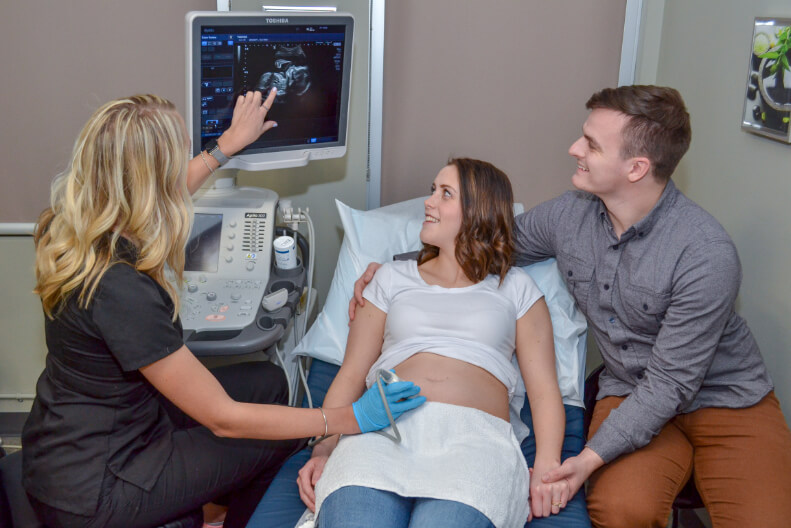
Ultrasound Scans:
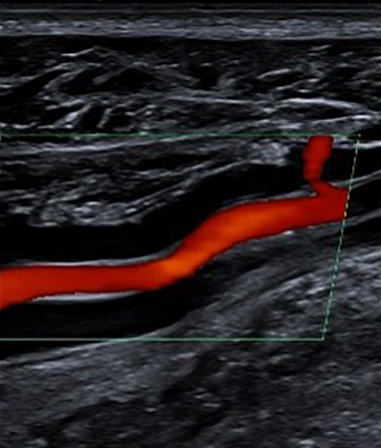
Vascular Ultrasound

Thyroid Ultrasound
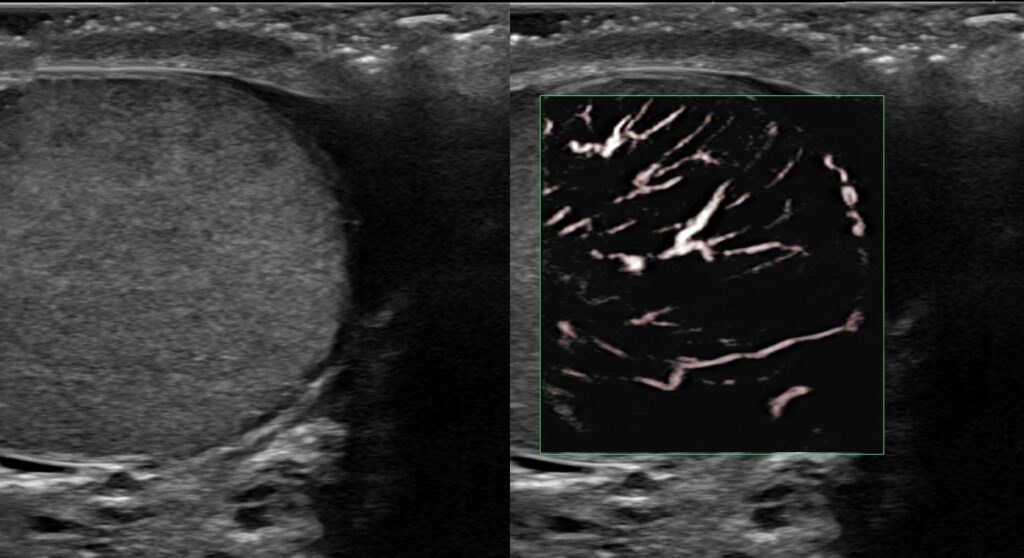
Testicular Ultrasound
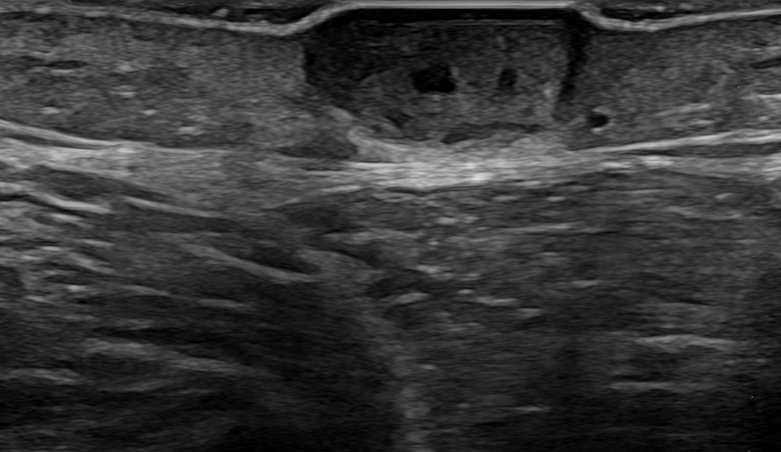
Soft Tissue Mass Ultrasound

Renal Ultrasound
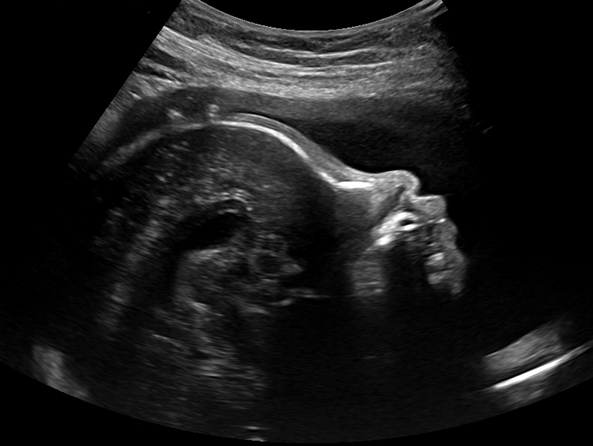
Obstetric Ultrasound
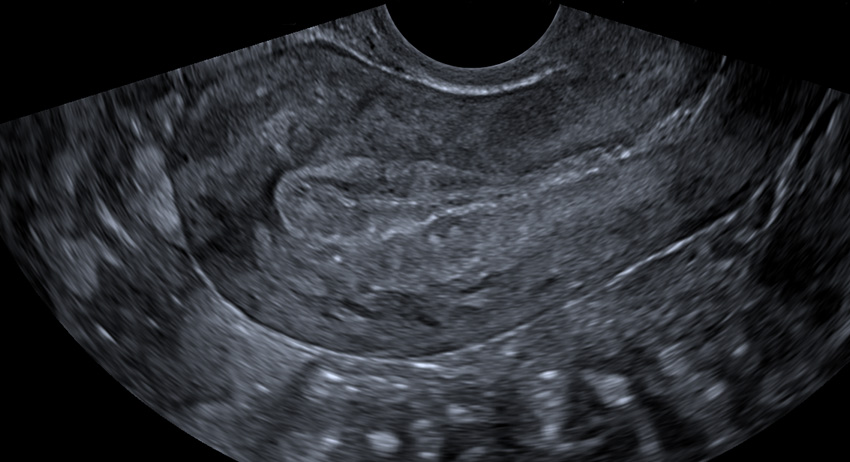
Pelvic Ultrasound
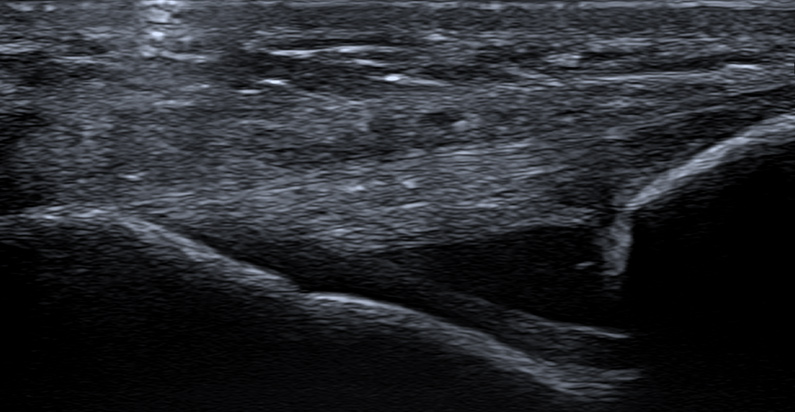
Musculoskeletal - MSK Ultrasound

Abdominal Ultrasound
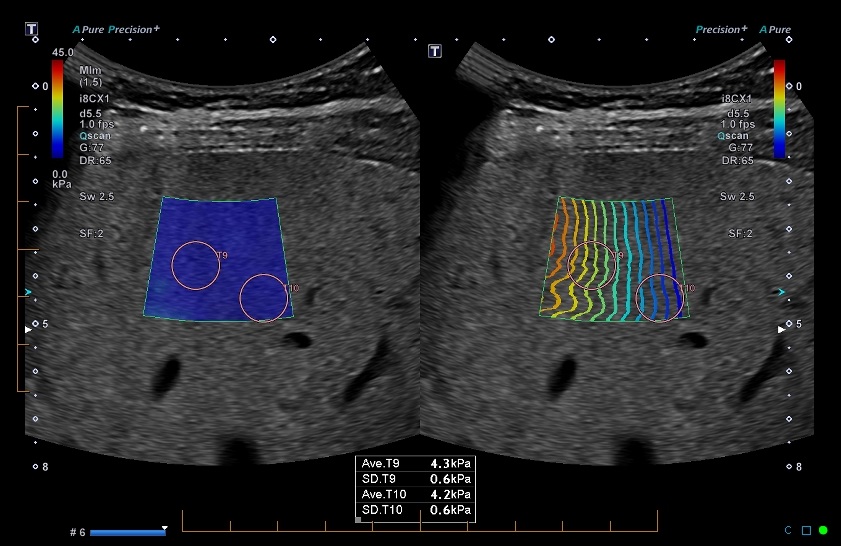
Liver Elastography

Breast Ultrasound
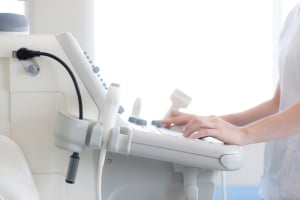
Automated Breast Ultrasound
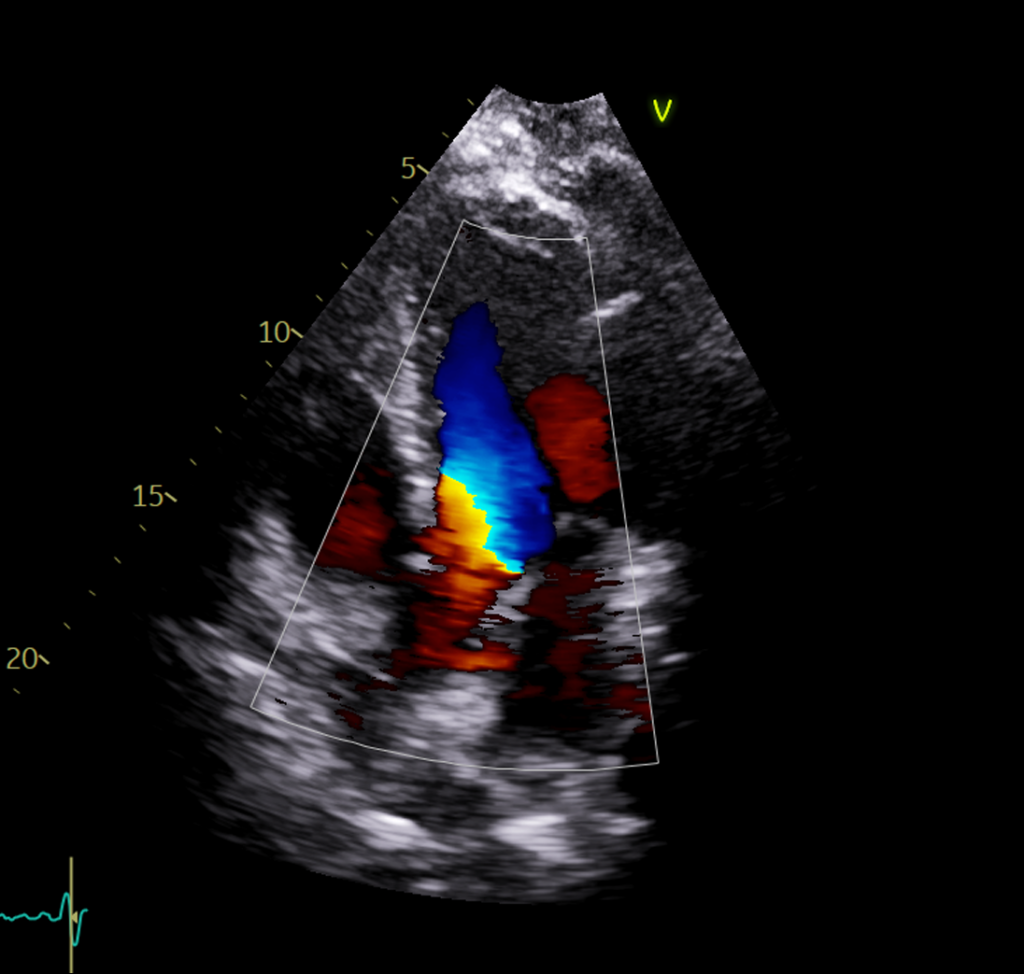
Echocardiogram - Heart Ultrasound

HCC Surveillance Program

